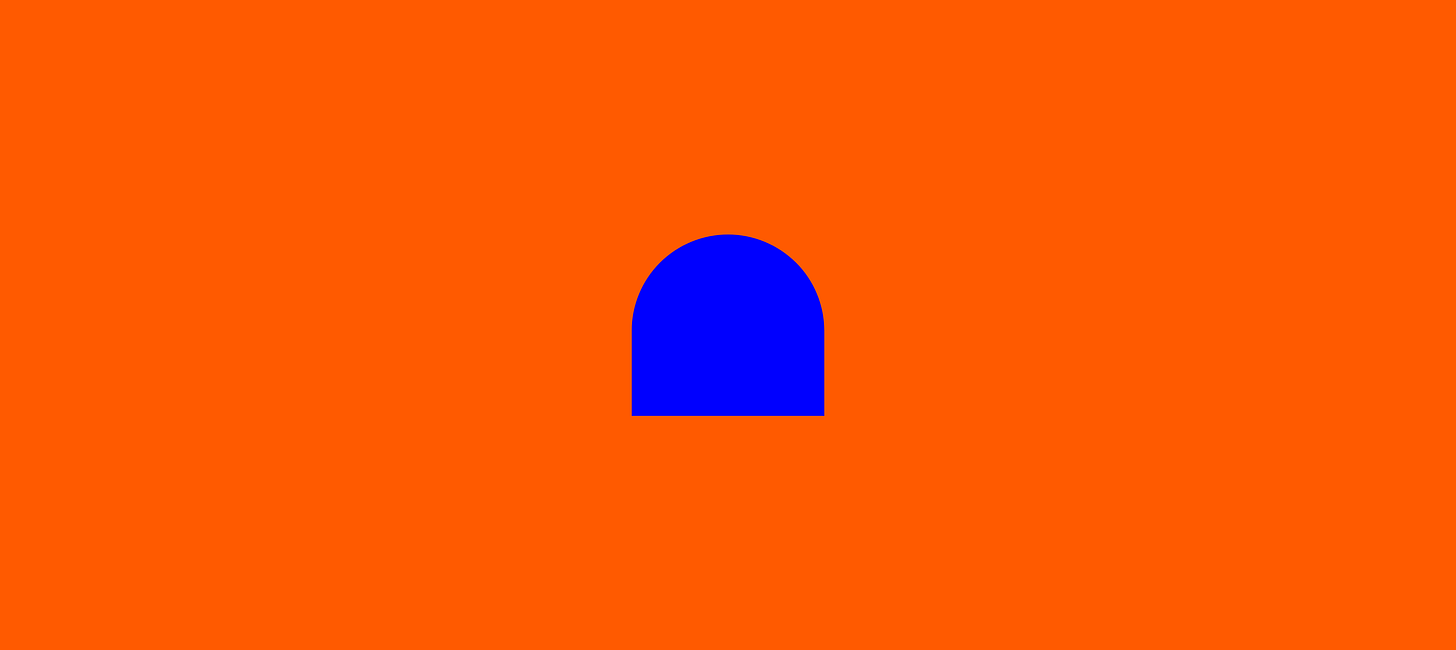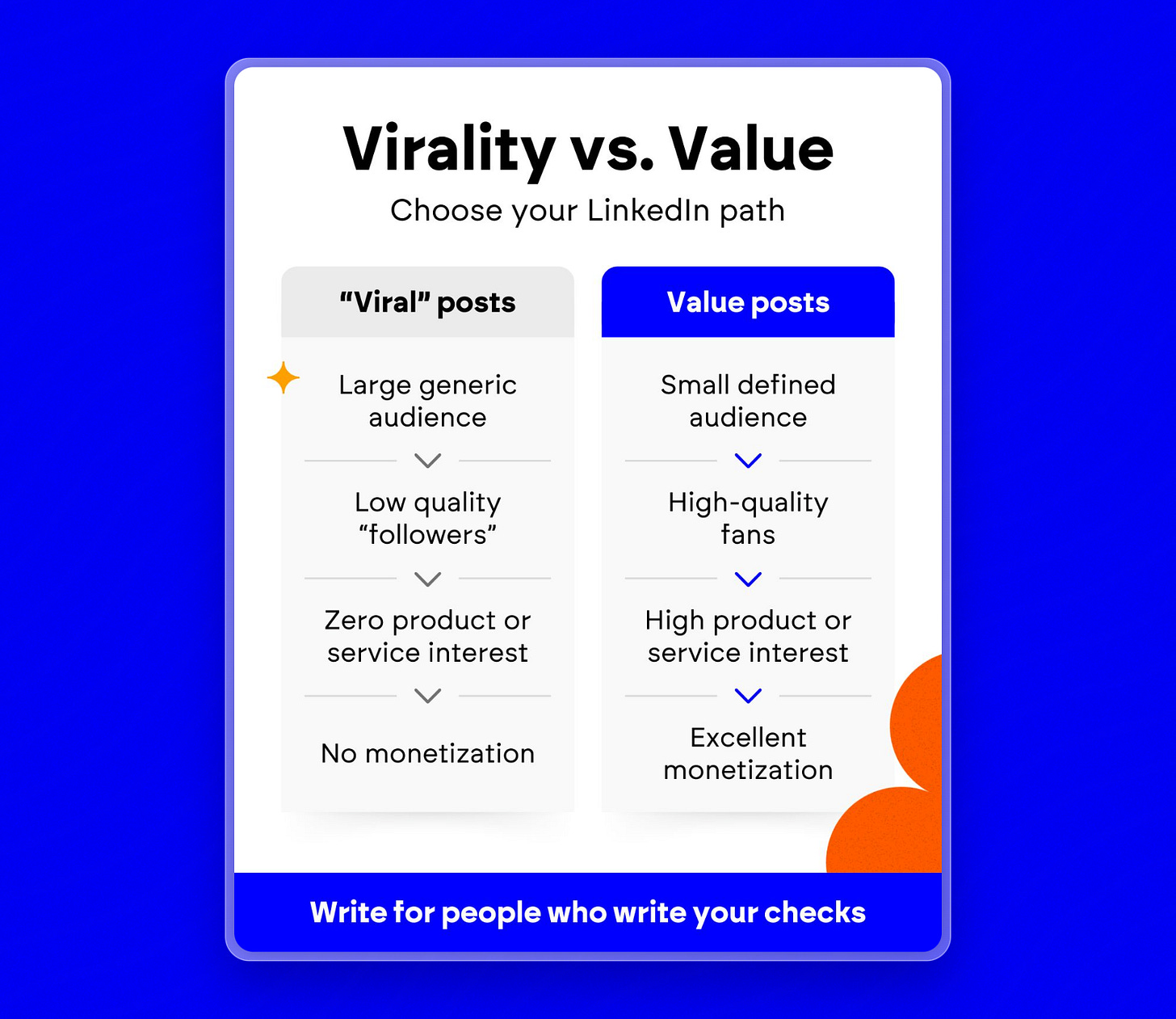Why "Cracking the LinkedIn Algorithm" Is a Complete Myth
Sorry LinkedIn gurus—this one might hurt.
I'm going to be extremely direct with you: there's no such thing as "cracking the LinkedIn algorithm."
And the reason is simpler than you might think:
Nobody—not even LinkedIn's own engineers—fully understands how their algorithm (or any social algorithm) makes decisions.
This isn't some conspiracy theory—it's the fundamental nature of how modern recommendation systems work.
Let me explain why this matters for your LinkedIn strategy.
(h/t: @wono_strategy)
The Algorithm Is Mysterious and Important
LinkedIn's feed algorithm uses deep learning, which is essentially a complex neural network that processes and understands patterns in ways that even its creators can't fully comprehend.
How could they understand a system that processes billions of interactions every day?
Imagine trying to understand why every single neuron in someone's brain fired in a specific sequence—that's basically what we're dealing with here.
The engineers at LinkedIn face the same challenge as those at every major social platform: their algorithms are "black boxes."
These systems make autonomous decisions based on billions of data points, and tracing back why they made a specific choice is practically impossible.
Here's why this matters for you:
When you see someone claim they've "cracked the LinkedIn algorithm," what they've actually done is notice a temporary pattern.
Maybe text-only posts were performing well for a few weeks. Or maybe carousel posts were getting more engagement than usual.
But here's the thing: these patterns are constantly shifting because the algorithm is continuously learning and adapting based on user behavior. What worked last month might not work next month.
Be Glad You Don’t Understand the Algorithm
This is actually great news for you.
Instead of wasting time trying to reverse-engineer an impossibly complex system, you should focus on what actually matters: creating content that resonates with your target audience.
The algorithm has one job: connecting valuable content with the people most likely to find it valuable. That's it.
All those complicated neural networks are just trying to figure out who might want to see your post.
Think about it this way:
If you're a B2B SaaS founder and you write genuinely insightful content about scaling SaaS businesses, the algorithm doesn't need to be "cracked" to know it should show your content to other B2B founders and executives.
The fundamental rules are actually pretty straightforward:
Create value for your target audience
Be consistent in your messaging
Engage authentically with your network
Build real relationships with decision-makers
Everything else—posting times, content formats, reposting strategies—these are all secondary factors that might give you gains, but won't make or break your LinkedIn success by themselves.
I've grown my following to over 230,000 people not by gaming any algorithm, but by consistently delivering value to my target market. The algorithm simply did its job of connecting my content with people who found it valuable.
I don’t try to “go viral.”
Sure, I try to maximize reach, but specifically, reach to my actual target market. Their response is what actually matters (signal)—everything else is just noise.
This approach is not only more sustainable, but also more likely to generate actual business results.
Because at the end of the day, that's what matters—not vanity metrics or temporary engagement spikes, but generating real leads and closing actual deals.
The Bottom Line
Stop trying to crack an uncrackable system. Instead:
Define your target audience clearly
Create genuinely valuable content for them
Be consistent and authentic in your approach
Focus on building real relationships
The algorithm will do its job of connecting you with the right people. Your job is to give it something worth connecting people to.
By the way…
If you're a business leader and want to delegate your LinkedIn strategy to someone who understands these principles deeply, let's talk—you can book a call with me here.
For everyone else, if you'd like to learn more about how to apply these principles effectively, you can book a coaching call with me here.
Stay tuned for the next newsletter (coming when it's ready). Oh, and subscribe to my podcast—it’s really good.





